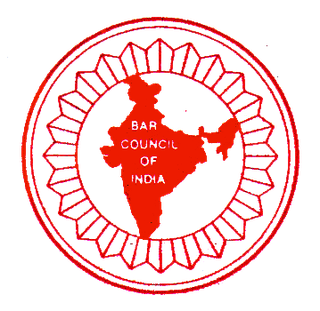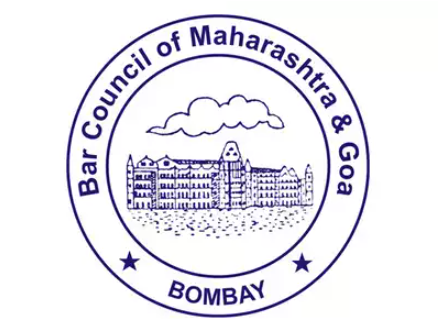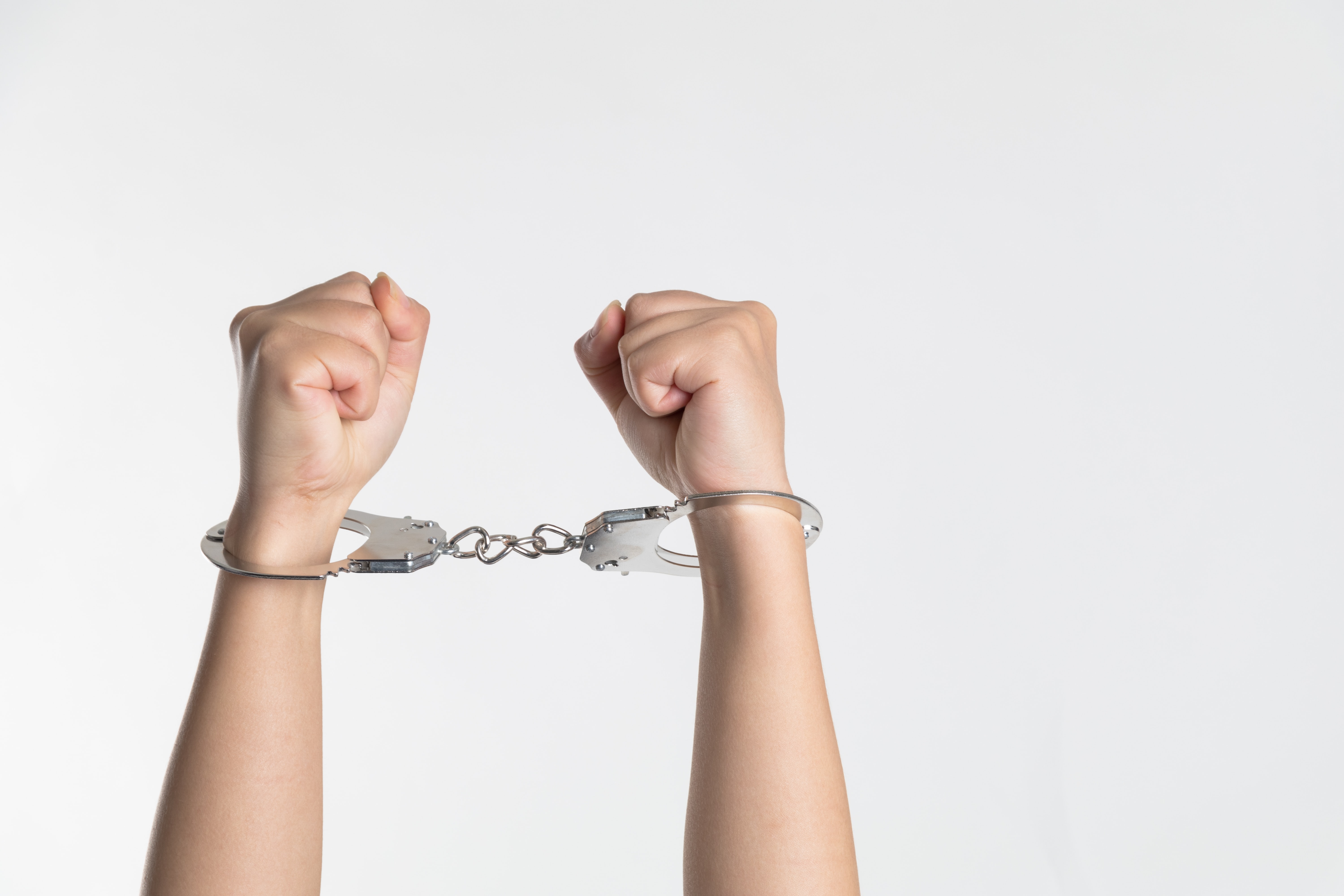You can tell the condition of a nation by looking at the status of its women”
- Pandit Jawaharlal Nehru
Introduction
Women are considered as a vulnerable group in India as well as all over the world. Although women occupy half of the population of the world and works two third of the total work of the world, yet their status in our society is very poor. Although legal empowerment of the women has been taking place rapidly yet their social status and equal treatment has remained as a dream to be achieved. With the passage of time crime against women, unequal treatment of women has been taking place all over the world. Violence inside and outside the home have become a global epidemic. Violence against women creates destabilization in the country and prevents women from contributing progressively towards nation building.
Here, an attempt has been made to unearth the legal protection afforded to the women at international and national level. Further, an attempt shall be made to find out the causes of poor status of the women in our society and remedies thereof.
International Law
International Laws are no longer positive morality. The various countries of the world have progressively welcomed international law. After the devastating two world wars, international community has embraced the idea of international cooperation and peace. In order to address the host of issues pertaining to the international peace and security of the world, international forums like League of Nations and subsequently United Nations have been established. The United Nations and its subsidiary organs have established a well designed and defined international human rights framework. The issues of women rights have been addressed by the United Nations through various international conventions, covenants, treaty.
The United Nations Charter, 1945 states that the United Nations shall not place any restrictions on the eligibility of men and women to participate in any capacity and under conditions of equality in its principal and subsidiary organs.
The Universal Declaration of Human Rights also places great emphasis on women empowerment. Article 1 of the Universal Declaration of Human Rights states that all human being are born free and equal in dignity and rights. Article 7 of the Universal Declaration of Human Rights equality before law and equal protection of law. Further Article 16 of the Universal Declaration of Human Rights provides that men and women of full age without any limitation due to race, nationality and religion have the right to marry and found a family.
The Convention on Political Rights of Women,1954 is another milestone in respect of the political empowerment of women. It provides right to vote to the women with equal terms with men without any discrimination.
International Convention on Civil and Political Rights, 1966 is also a major international effort in respect of women empowerment. Article 23 of the International Convention on Civil and Political Rights, 1966 provides right to marrying and to found a family. Article 26 of the International Convention on Civil and Political Rights provides equality before law and equal protection of law. The International Convention on Economic, Social and Cultural Rights, 1966 under Article 3 provides the state parties to undertake measures to ensure equal right of men and women to the enjoyment of all economic, social and cultural rights.
The Convention on Elimination of all forms of Discrimination against Women, 1981 is a landmark effort to do away the discrimination against women. Under Article 2 the state parties to the convention shall condemn discrimination against women in all its forms agree to pursue by all appropriate means and without delay a policy of eliminating discrimination against women. Article 3 provides the state shall take all measures to ensure full development of women especially in political, social, economic and cultural spheres.
Indian Legal Position
India has a well designed Constitutional and legislative framework to address the women related issues. From time to time, India has internalized various international human rights norms to further strengthen the women related laws. In order to tackle the issues arising from heterogeneous population having diverse culture, religion and language, India has attempted to internalize the international norms by amending the Constitution and other statutory laws.
Constitutional Perspective
The Constitution of India conveys a powerful mandate for equality and rights of women in its preamble, fundamental rights and duties and also provides for specific provisions for affirmative action. Article 14 of the Indian Constitution provides equality before law and equal protection of law and prohibits inter alia any discrimination on the ground of sex. Article 15 (3) empowers the state to legislate special legislations for women. Article 21 of the Indian Constitution provides right to life and personal liberty. In broader sense of the term right to life includes women rights to dignified life, right over her body control, over sexuality and reproductively. In Surjeet Singh Thind v. Kanwaljit Kaur1 Panjab and Haryana High Court held that virginity test of women violates the women right to privacy and personal liberty provided under Article 21 of the Constitution of India.. The trafficking of women for sexual exploitation and prostitution is an alarming issue. In order tackle such a issue, Article 23 of the Constitution of India provides protection against trafficking of human beings and forced labour. Article 39(a) enjoins that the state shall ensure equal right for men and women regarding livelihood. Article 39(d) provides that the state shall direct its policy towards securing equal pay for equal work.
Article 42 of the Constitution provides that the state shall make provisions for just and humane conditions of work and for maternity benefit. As there is no Uniform Civil Code in India, women are subjected to different treatment under personal laws. Article 44 of the Constitution of India directs the state to enact a uniform civil code in order to remove the discriminatory practices meted out to the women under the personal laws. In Sarla Mudgal v. Union of India2, the Supreme Court of India directed the Government to take fresh look at Article 44 of the Constitution which according to the court is an imperative for both protection of oppressed and promotion of national unity and integrity. Under the Constitution of India, a citizen has the fundamental duty to renounce the practices derogatory to the dignity of women.3
Empowerment under Criminal Law
The Code of Criminal Procedure, 1973 postpones the capital sentence pregnant woman. In case of pregnant women, the High Court can postpone the execution of sentence. Further, if the High Court thinks fit, commute the sentence to imprisonment for life.4 Further as per the Code of Criminal Procedure, 1973 females can be searched by only another female with strict regard to privacy and decency.5 In Sheela Barse v. State of Maharashtra6 , it was held that female suspects should not be kept in a police lock up in which male suspects are detained. Further interrogation of females should be carried out only in the presence of female police officers/constables.
Justice Verma Committee and Criminal Law (Amendment) Act 2013
Justice Verma Committee was constituted to recommend amendments to the Criminal Law in order to provide for quicker trial and enhanced punishment for criminals accused of committing sexual assault against women. The Committee was constituted in the aftermath of the gang rape in Delhi. The committee was headed by former Chief Justice of India J S Verma and two other members namely Justice Leila Seth, former judge of the High Court and Gopal Subramanium, former Solicitor General of India. The Committee submitted its report on January 23, 2013. The committee made significant recommendations regarding rape, sexual harassment, trafficking, child sexual abuse, medical examination of victims, police, electoral and educational reforms. Based on the recommendations of Justice Verma Committee, Criminal Law (Amendment) Act 2013 has been enacted. The amendment Act provides for amendment of Indian Penal Code, 1860, the Code of Criminal Procedure, 1973, the Indian Evidence Act, 1872 and the Protection of Children from Sexual Offences Act, 2012.
The Amendment Act has addressed some of the important offences for the first time like acid attack, human trafficking, stalking, voyeurism etc. Not affording treatment to the victims of rape and acid attack by the hospitals (Government/ Private) has been made an offence. Further, adequate arrangements have been made under the Amendment Act to protect the women victim from harassment and humiliation during investigation and trial.7
Apart from the above mentioned statutory provisions, there are a few welfare legislations enacted by the state for the protection and empowerment of women. Among these, Prohibition of Child Marriage Act, 2006, Factories Act, 1948, Immoral Traffic. (Prevention) Act, 1956, Maternity Benfit Act, 1962, Dowry Prohibition Act, 1961, Medical Termination of Pregnancy Act, 1971, Equal Remuneration Act, 1976, Pre-Conception and Pre-Natal Diagnostic Techniques Act, 1994, Domestic Violence Act, 2005, Sexual Harassment of Women at Workplace (Prevention, Prohibition and Redressal) Act, 2013 are prominent.
A Critical Appraisal
The vulnerable group of a society encounters much discrimination and violence of various types. The women also face many a problem in society which have marginalized the women. The global trend shows that women are victim of gender based violence in developed countries simultaneously with the developing countries. As per the Government statistics, 18% of the women are sexually abused in United States.8 In fact violence against women anywhere in the world is a crime against the whole world. In this regard, the former Secretary General of United Nations Kofi Annan observed “Violence against women is perhaps the most shameful human rights violation. And it is perhaps the most pervasive. It knows no boundaries of geography, culture or wealth. As long as it continues, we cannot claim to be making real progress towards equality, development and peace.” According to a UNIFEM Report entitled “A Life Free of Violence: It’s Our Right” of 1998, 3-4 million women are injured out of violence, one of six women are victim of rape in industrialized society. The report further claimed 5000 women loss their lives due to dowry related violence.9 The poor execution of laws creates lawlessness. The Gender Vulnerability Index of 2017 released Plan International NGO has found Madhya Pradesh, Arunachal Pradesh, Jharkhand, Delhi, Uttar Pradesh and Bihar as the most vulnerable states in terms of women security and safety. 10
Although legislative and judicial effort has been made to realize the emancipation of women yet, a lot has to be achieved in this context. The laws protecting the rights to the women are not free from lacunas, at the same time the judicial interpretations have been case specific.
Discrimination against women is not only incompatible with human dignity and welfare of family but also prevents women’s participation in political, social, economic and cultural life of a country. In India, half of the population is women and women have always been discriminated against and are suffering discrimination in silence. The self-sacrifice and self-denial are their nobility and fortitude. Yet, they have been subjected to all inequalities and discrimination. The real empowerment of women is possible only through a concerted approach of all wings of the Government coupled with change of mindset of the people. On the part of the judiciary, the judge should show a pragmatic approach paired with sensibility while deciding any case relating to women.
Honorable Justice A .K. Sikri, has rightly pointed out about two –fold scheme of imparting equal justice to women in our unequal society. According to him the first part of the scheme is to identify situations of disadvantage or any special needs on the part of the women at an early stage and carefully dealing with them without prejudicing other parties. The second part of the scheme is purposive interpretation and application of judicial discretion.11
Conclusion
Thus we may conclude in the words of Swami Vivekananda “Just as a bird could not fly with one wing only, a nation would not march forward if the women are left behind” women’s subordination is a result of inter play of complex socio-economic and political forces. Therefore, there is no easy formula for women’s empowerment. Sustained work for gender equality in several spheres is needed for this purpose.



 WhatsApp
WhatsApp











